Dwarf Korean Lilac
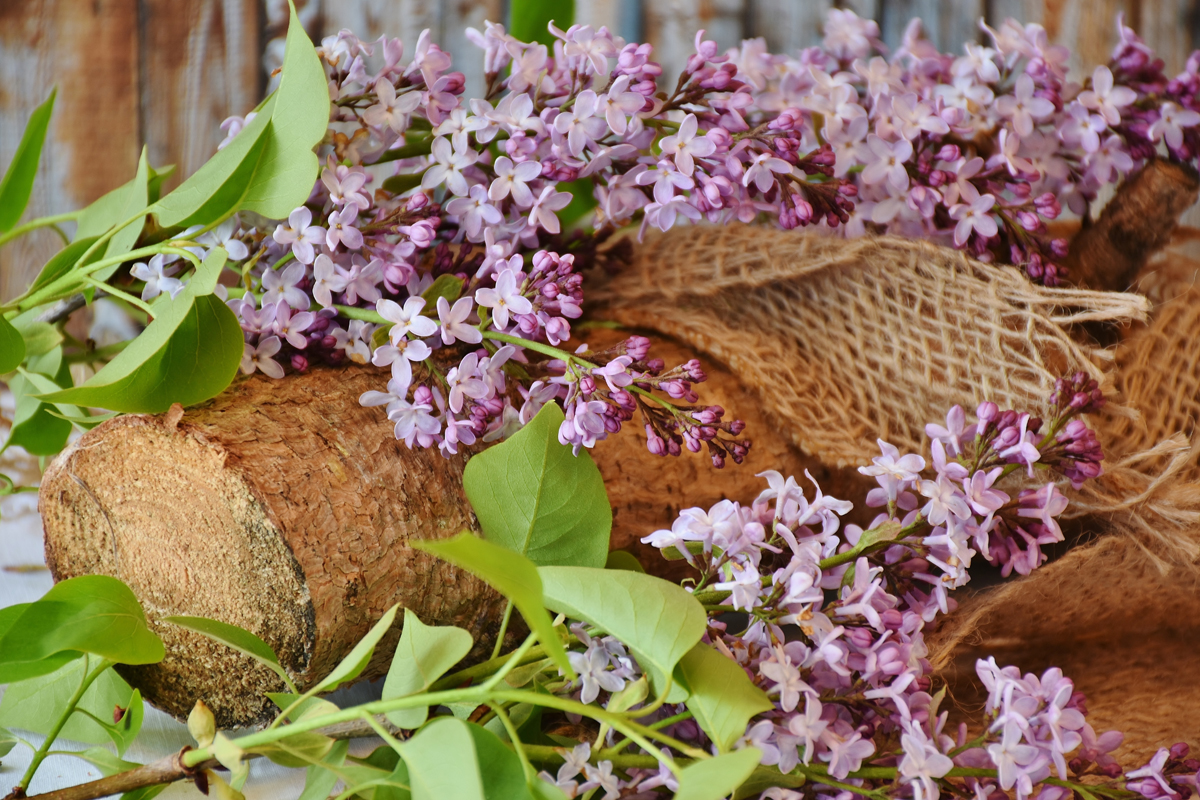
When you choose a lilac you are planting a shrub that is part of our American heritage – some have even called the lilac the “apple pie of shrubs.” Thomas Jefferson planted lilacs at Monticello and lilacs greeted guests as they entered George Washington’s flower garden at Mount Vernon. Poet Walt Whitman’s elegy to Abraham Lincoln, “When Lilacs Last in the Dooryard Bloom’d” evokes an image of a lilac bush that may be familiar to many:
In the dooryard fronting an old farm-house near the white-wash’d palings,
Stands the lilac-bush tall-growing with heart-shaped leaves of rich green,
With many a pointed blossom rising delicate, with the perfume strong I love,
With every leaf a miracle – and from this bush in the dooryard,
With delicate-color’d blossoms and heart-shaped leaves of rich green,
A sprig with its flower I break.
French and Dutch colonist first introduced lilacs to the United States, carrying them during their long journeys across the Atlantic Ocean. Lilacs soon found themselves all over North America, arriving by saddlebags and coach. Today there are over 2,000 named varieties of lilacs thanks to many industrious and passionate breeders all over the world. Our feature plant this week is the Dwarf Korean Lilac – the most useful of all the lilacs, and Alan’s favorite of all the shrubs we grow. It is easy to grow and maintain, making a beautiful and welcome addition to your garden.
The Dwarf Korean Lilac (Syringa meyeri Pablibin)
The Dwarf Korean Lilacs’ parent, the Syringa meyeri, is named after Frank Meyer who discovered it in a garden in Beijing, China in 1909 and sent cuttings home to the United States. Many lilacs are offspring of the Syringa meyeri, but the palabin Dwarf Korean Lilac is the smallest and most delightful. The clean, dark green foliage provides the perfect backdrop for the exquisite powerfully fragrant, lavender pink florets that will cover the dense bush from head to toe. Expect it to bloom in May-June, with lighter re-bloom in later summer and fall, extending the season and allowing you to enjoy its beauty and fragrance twice during the year. Foliage turns bright yellow in autumn.
Unlike other common lilacs, the Dwarf Korean Lilac blooms profusely at an early age and is not susceptible to powdery mildew. Expect it to grow four to five feet high and wide, the perfect size for a perennial border, foundation planting or shrub border foreground. No matter where the Dwarf Korean Lilac is planted in your garden, it is sure to be a standout year after year.
Planting and Care
The Dwarf Korean Lilac is one tough plant, a real survivor. Over ten years ago we planted some in wooden planter boxes that were fabricated over a black top parking lot in full sun. These planter boxes never get any supplemental water, only what mother nature provides. Every year the lilacs bloom profusely, hold their leaves all summer without browning, re-bloom in the fall and never suffer any winter die back. After the drought of 2002, I expected the lilacs to be totally dead. When I drove by in the spring of 2003 they were in full bloom, just as they have been every year.
- For best results, plant in early spring.
- Lilacs require at least 6 hours of direct sunlight per day.
- Plant in good, well-drained soil.
- Water regularly until established and during the summer.
- Prune old blooms away immediately after flowering to encourage more blossoms.
- Fertilize with Bulb-Tone at planting and again in the spring.
The Author:
Alan Summers, president of Carroll Gardens, Inc., has over 30 years experience in gardening and landscape design. He has made Carroll Gardens one of America’s preeminent nurseries, having introduced more than 20 new perennials and woody shrubs over the years and reintroduced numerous “lost” cultivars back to American gardeners. Visit CarrollGardens.com to learn more.


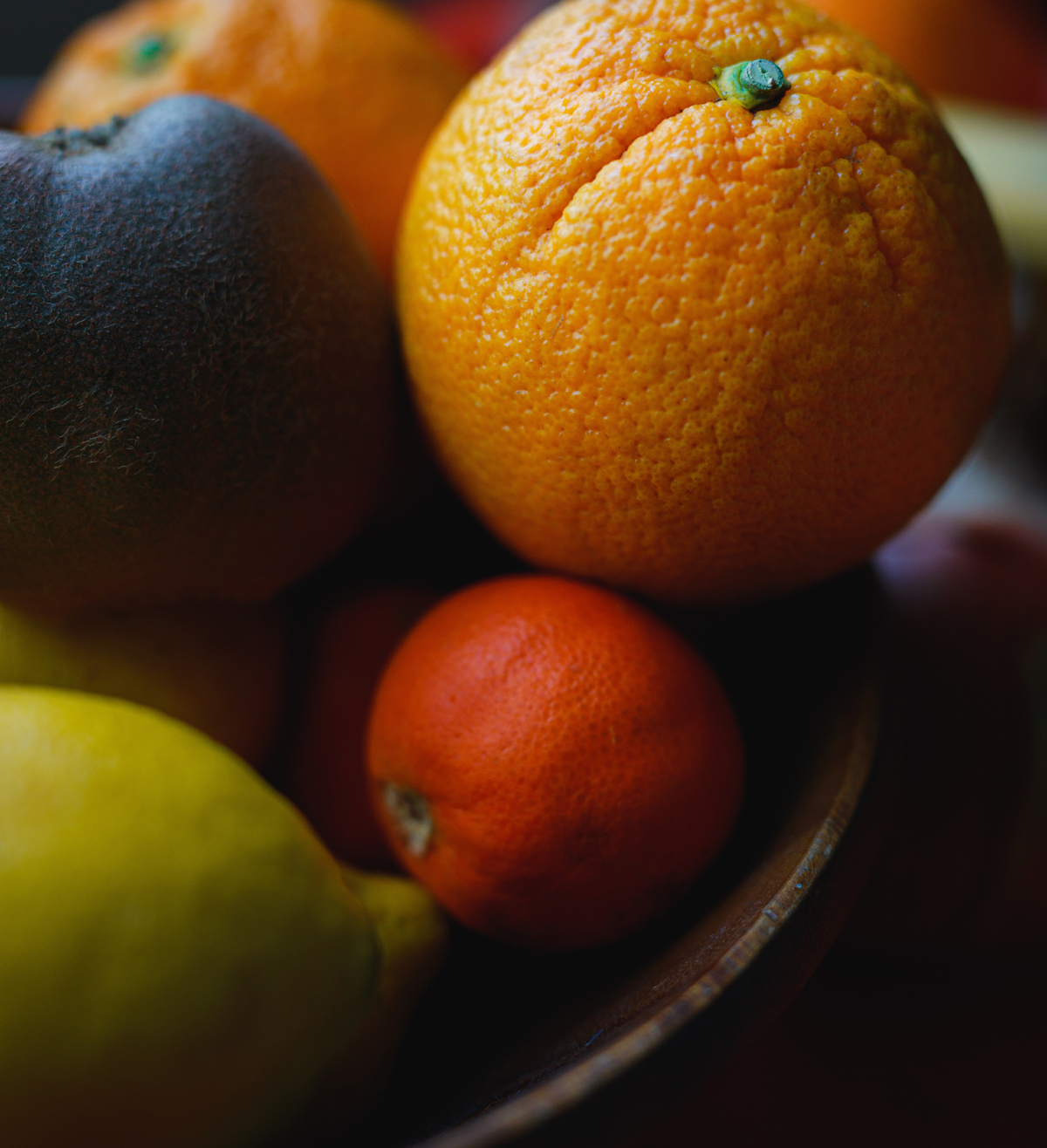
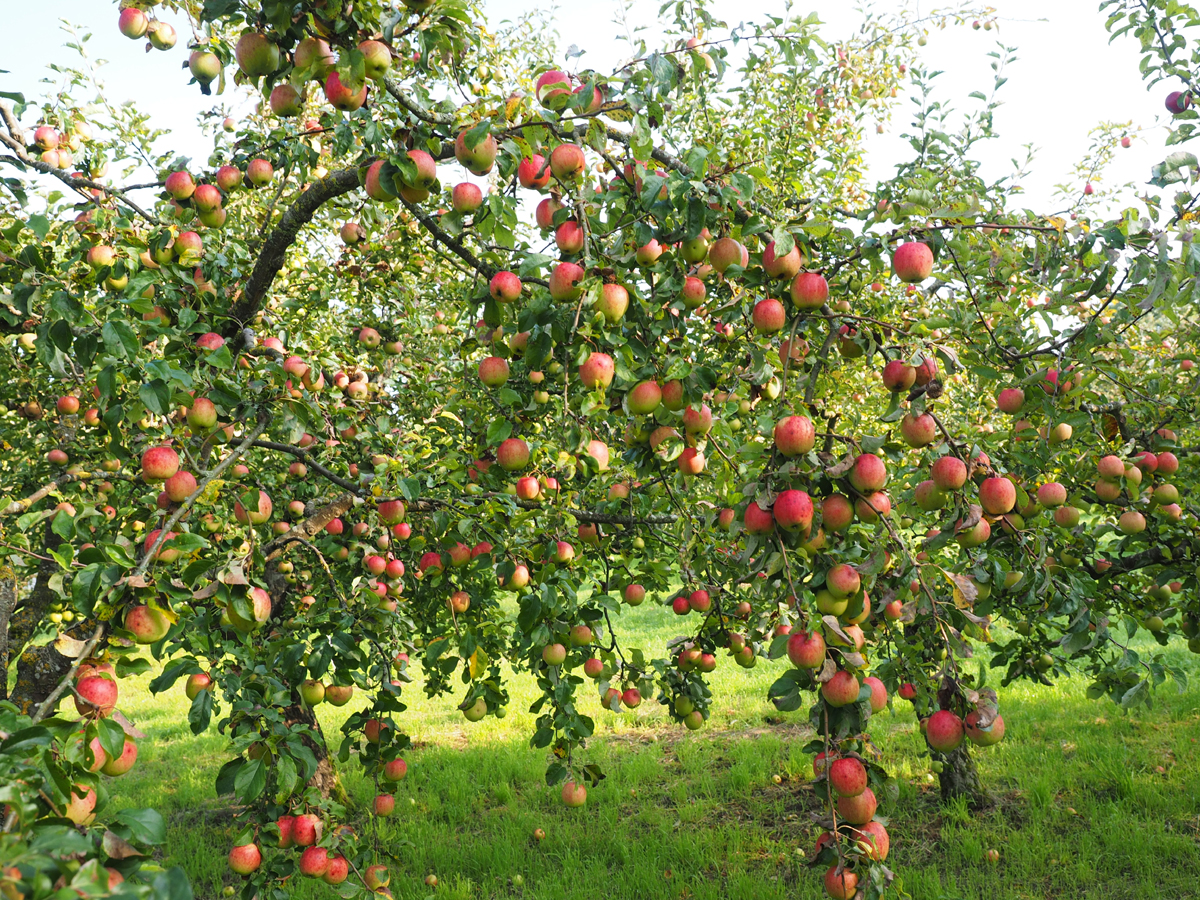

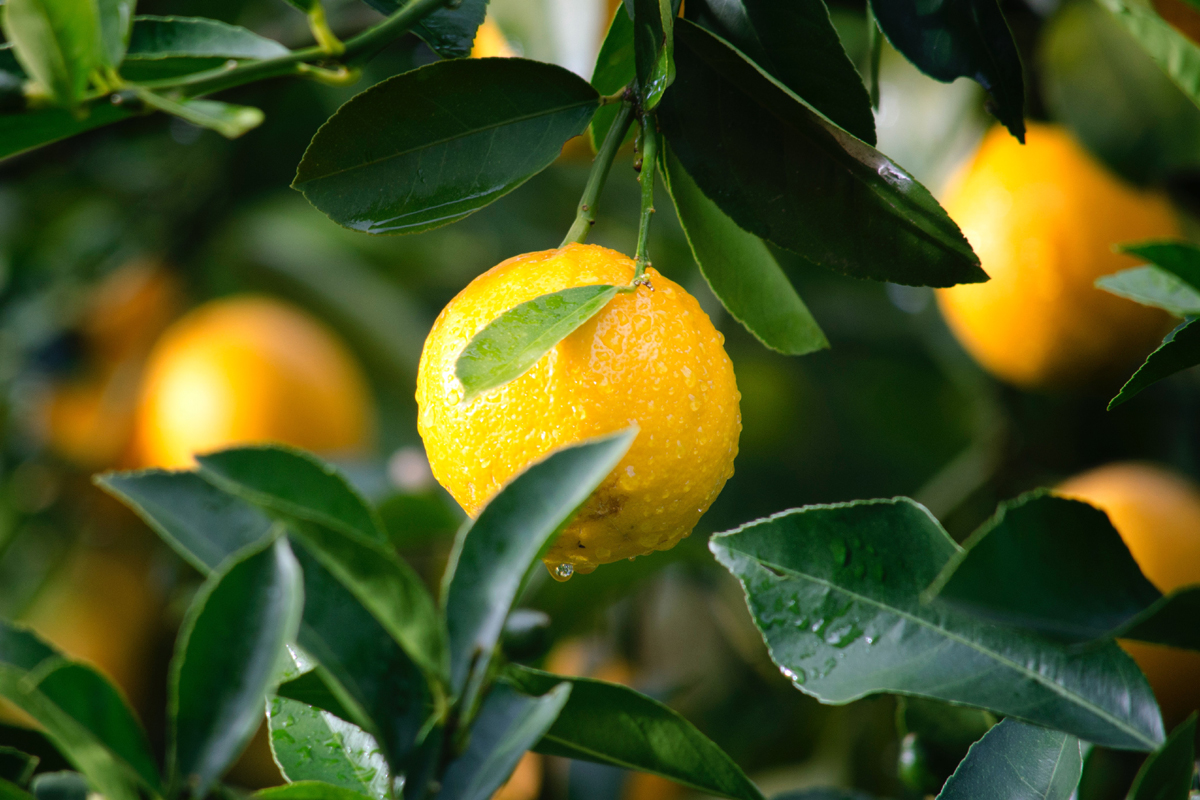
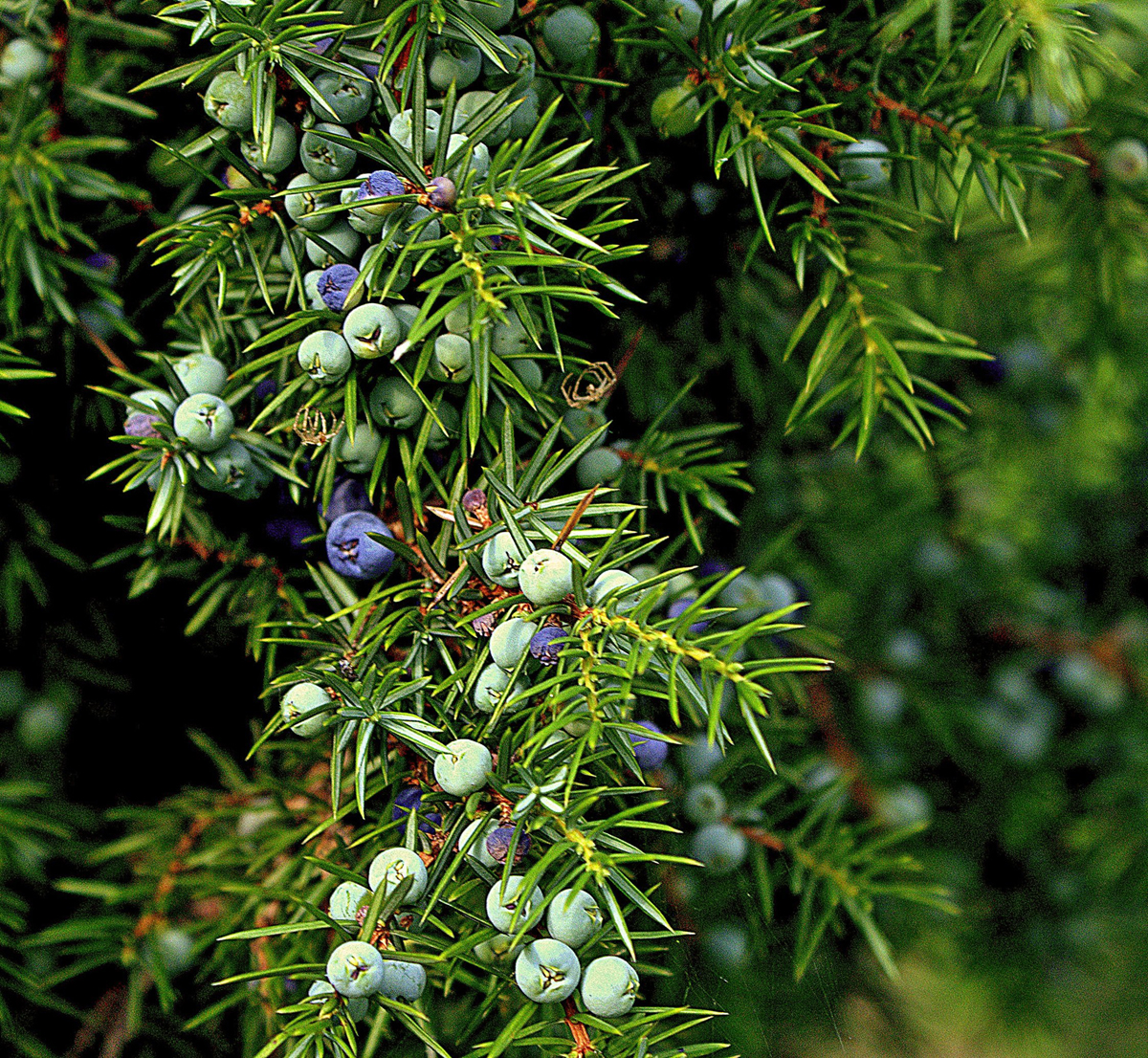
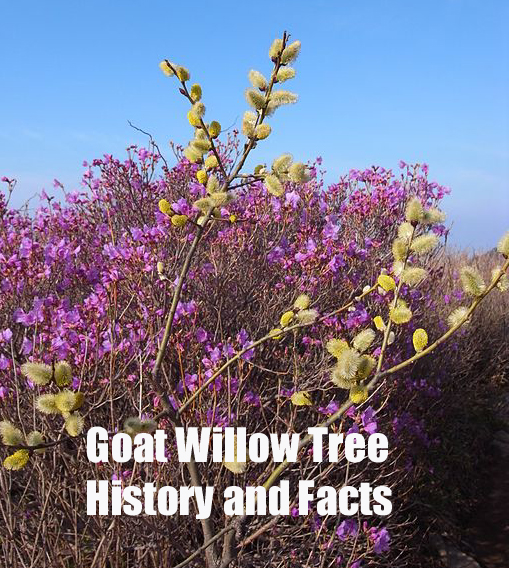
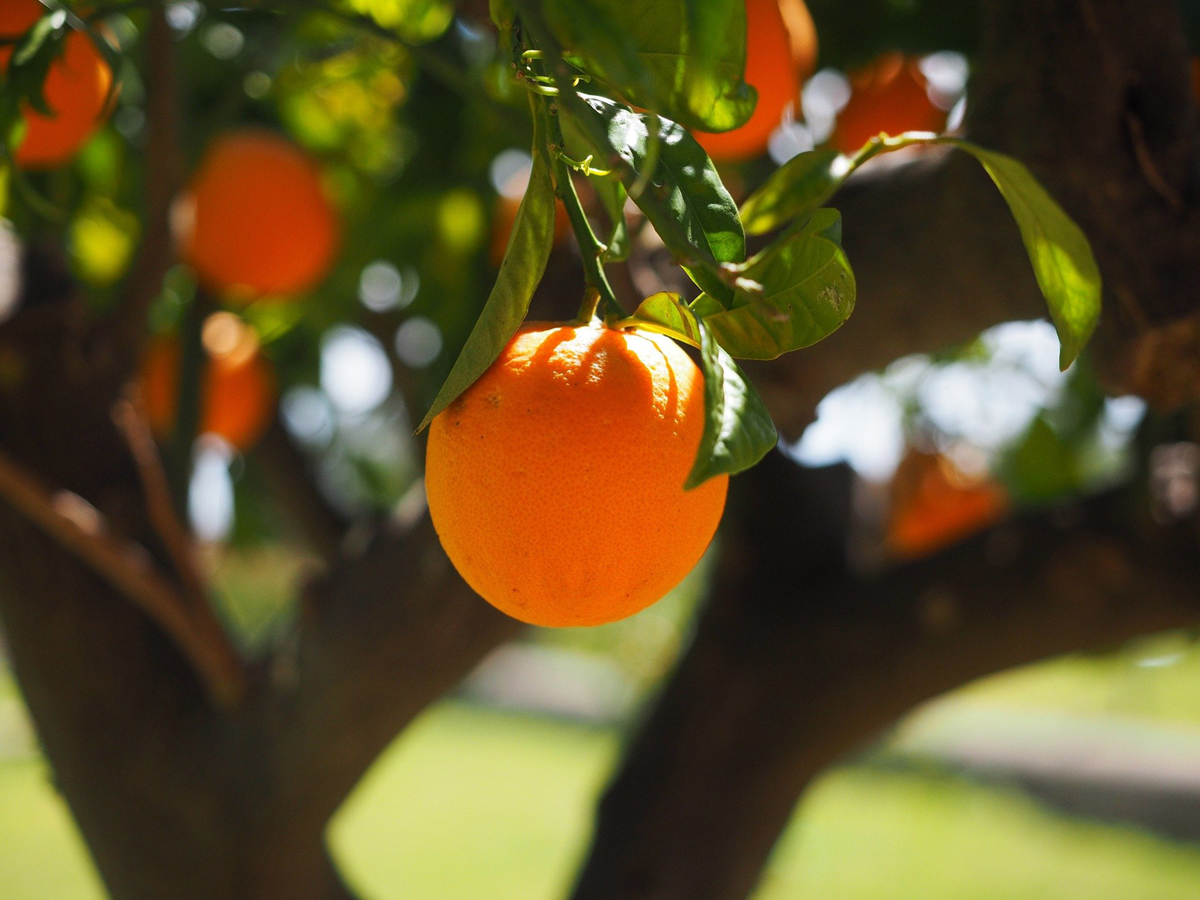
Can a korean lilac be planted in August?
What special instructions should be followed? Thanks
Yes, Korean lilacs can be planted in August, but you will want to make sure you provide them with adequate care and attention during the hot summer months. Here are some special instructions to follow:
Choose a spot that receives ample sunlight but also provides some shade during the hottest part of the day. Water the plant deeply and frequently, especially during the first few weeks after planting. Aim for at least an inch of water per week. Mulch around the base of the plant to help retain moisture and protect the roots from heat. Fertilize the plant with a balanced, slow-release fertilizer, following the manufacturer’s instructions. Prune the plant lightly after it flowers, removing any dead or damaged branches, to encourage healthy growth.
By following these instructions, you should be able to successfully plant a Korean lilac in August and enjoy its fragrant blooms for years to come.
What is the best time and method for transplanting Korean lilacs?
The best time to transplant Korean lilacs is during early spring or late fall, when the plant is dormant. As for the method, you should follow these steps:
Water the lilac thoroughly a day or two before transplanting. Mark a circle around the lilac shrub, at least 12 inches from the trunk, using a shovel or garden hose. Dig a trench along the circle, about 12 inches deep, and use loppers or pruning shears to cut any roots that are thicker than 1/2 inch. Loosen the soil around the root ball with a shovel or pitchfork. Gently lift the root ball out of the ground with a shovel, taking care not to damage the branches or buds.
Transfer the lilac to its new location, digging a hole that is twice as wide and deep as the root ball. Place the root ball in the hole, making sure the top of the root ball is level with the surrounding soil. Fill the hole with soil, tamping it down gently to remove any air pockets.Water the lilac thoroughly, and continue to water it regularly until it becomes established in its new location. Remember, it’s important to water your newly transplanted Korean lilac regularly and keep an eye on it to ensure it’s thriving in its new spot.
When do these start to leaf out? I have one and it is still dormant from winter. I broke a small branch and it was still green.
Korean lilacs typically leaf out in mid to late spring, usually around late April or early May. However, the timing can vary depending on the climate and weather conditions in your specific location. If you broke a branch and it was still green, that is a good sign that your plant is alive and healthy, but it may just be a little slower to leaf out compared to other plants in your area. Keep an eye on it and be patient, as it may still produce leaves in the coming weeks.